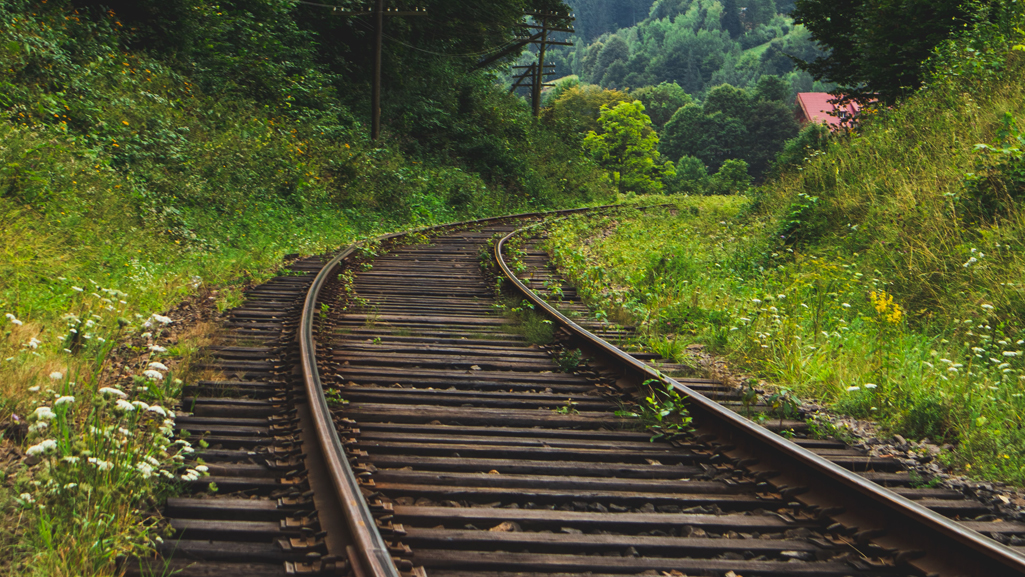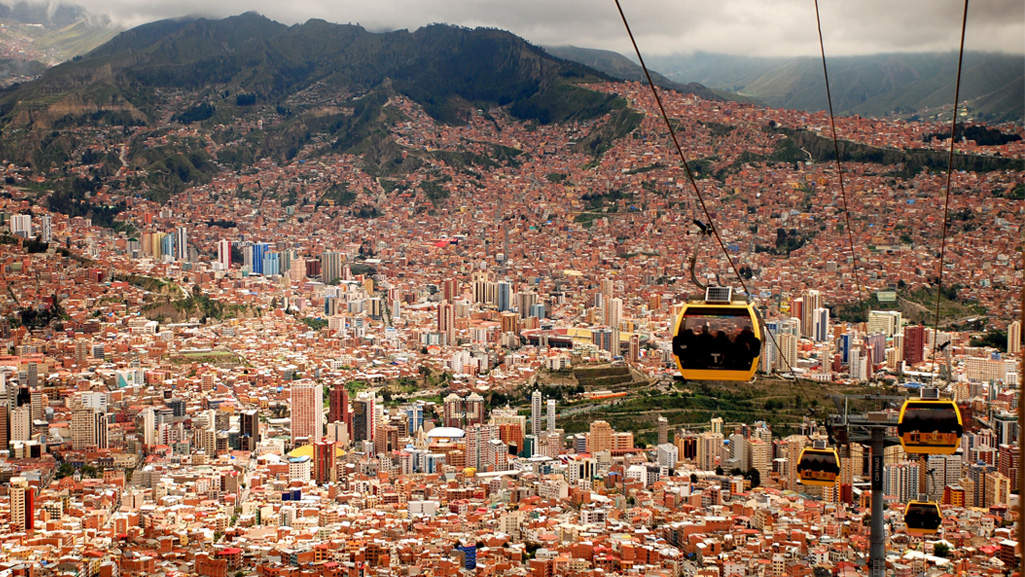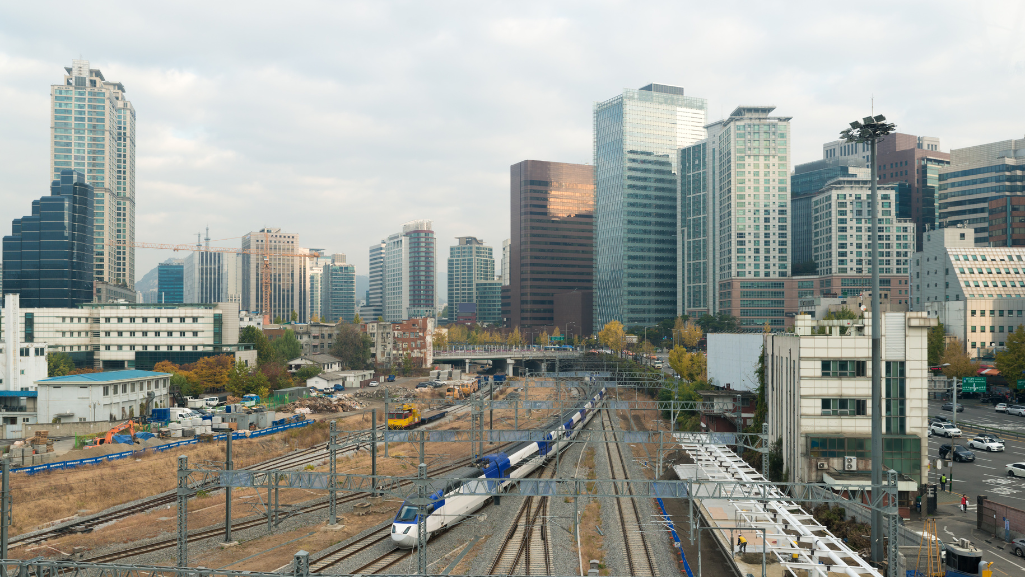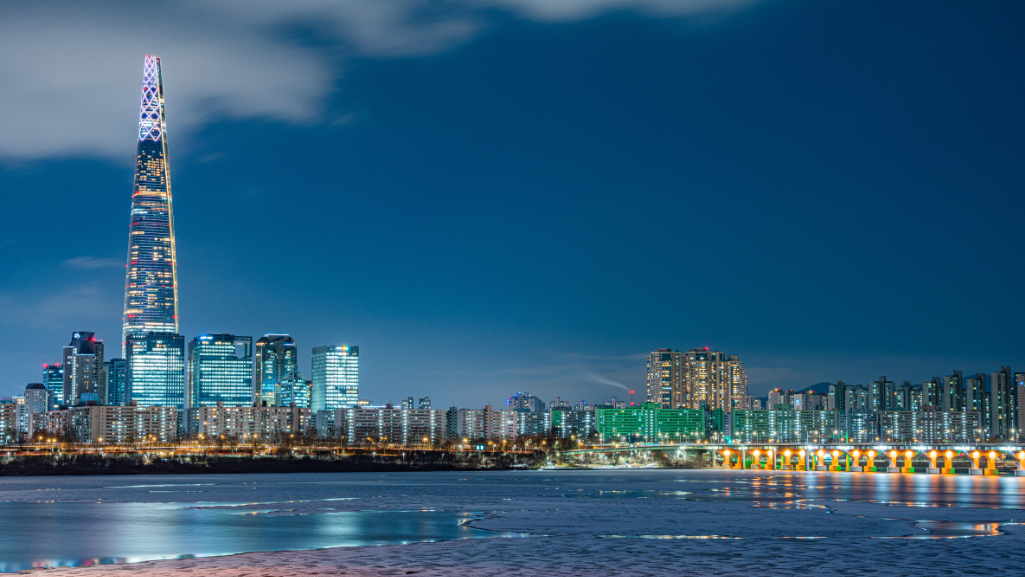Strong, attractive public transport is essential for shaping the mobility of the future so that it will be sustainable. Rail transport plays an important role here, for both passengers and freight. For example, the European Union considers rail traffic to be the key for the delivery of the European Green Deal. In Germany, the government wants to double the number of rail passengers by 2030 and increase the market share of rail freight transport to 25%. This will only work with a drastic expansion of the infrastructure. The reactivation of abandoned railway tracks is one way this might be accomplished. A recent study examined which rail routes would be worth restoring.
For the report, a total of 42 railway tracks in the southwest of Germany were analyzed in order to forecast their potential ridership. Structural and traffic data was an important basis for the analysis. Where do people live in the defined regions, where do they work and go to school? How do they get around?
“At PTV, we have access to a wide variety of traffic and model data. That’s an advantage. In the study, we used data from PTV’s own Germany-wide traffic model, Validate, and from public transport models of the regions under investigation,” explains Petra Strauß, who led the study on behalf of PTV Transport Consult. “We extrapolated this movement data and forecast changes up to the year 2030. In so doing, it was possible to take the likely structural development into account.”
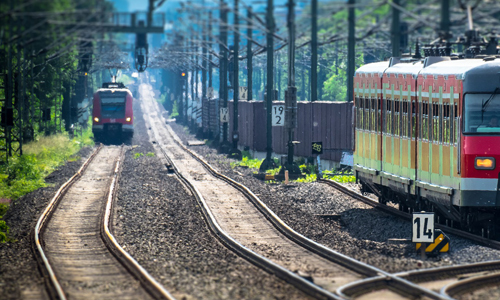
Another important aspect in estimating possible passenger numbers on the rail routes is the so-called impedance, which discourages people from using public transport or their cars. People are less willing to use public transport if they are facing long travel times, a long wait between trains or long distances to the station. On the other hand, parking restrictions, long travel times or highly congested routes discourage them from using their cars. These factors play a critical role in a traveler’s decision about the best travel mode
In the virtual environment, car and rail traffic can be simulated to determine the relevant resistance factors. Thus, the modal choice and potential passenger numbers can be derived for the railway lines.
What makes public transport attractive?
”Public transport is competitive if you can reach your destination as quickly as possible, if you don’t have to change trains and if you don’t have to walk far to the station,” says Petra Strauß.
And it’s also important how often the trains run on the lines in question.
Petra Strauß explains: “In our analysis, we assumed hourly service all day between 5 a.m. and midnight. That’s the minimum service. If the potential demand was higher, we increased the frequency. With the defined frequency, we are able to estimate the operating services. And we can estimate how many car trips can be avoided by reactivating the rail line. Thus we can also calculate the possible savings of CO2 emissions.”
In the end, the PTV consultants divided the 42 railway tracks into four categories. The key parameter for the classification was the potential indicator “passenger kilometers per route kilometer.” This indicator provides information about the expected average use of the rail service. In addition, criteria such as the current infrastructure status of the track and possible effects for the entire network were also included.
Petra Strauß: “Such potential analysis is an important indicator, not only for the reactivation of abandoned rail routes, but also for other infrastructure projects. It provides a good basis for the decision-making process.“
